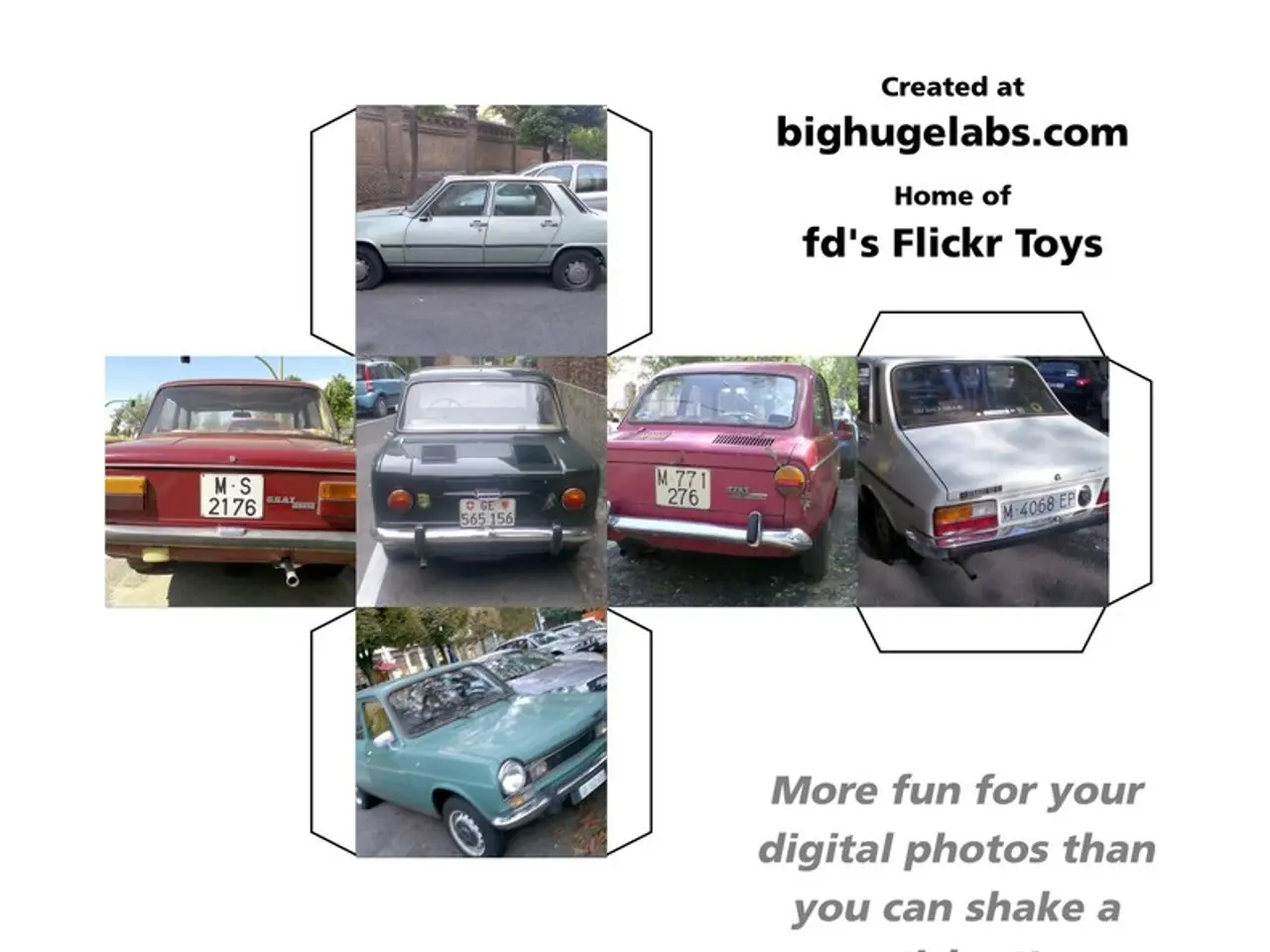Putting the Charge on Equity: Exploring the Uneven Impact of Electric Vehicles on California's Air Quality
Electric Vehicles Enhance Air Quality in California, However, exclusive to Wealthy Communities
The Golden State is on a mission—dubbed 'Going Zero'—aimed at making all new car sales zero-emission by 2035. Electric vehicles (EVs) are the ticket to this green future, heralding a drop in smog and carbon dioxide emissions. But there's a catch: not everyone is cashing in on these positive changes.
The Divide: Rich vs. Poor
A recent study published in PLOS Climate has shed light on this issue, revealing that while EVs are indeed reducing pollution, the beneficiaries are mainly the prosperous. The researchers scoured data from the Clean Vehicle Rebate Project in California from 2010 to 2021 and found that wealthier neighborhoods have witnessed considerably more air pollution reduction compared to disadvantaged communities.
Breathing in More Smog
PM2.5 pollution has even gone up in 17% of the disadvantaged areas under the spotlight. Why? It's simple—poorer Californians are more likely to reside near fossil fuel infrastructure. A startling observation by the study highlights that these exceptionally disadvantaged areas, accounting for about a quarter of the state, house no less than half of California's natural gas power plants. What's more, they are also more likely to inhabit highly trafficked areas, exposing them to pollution from tires and PM2.5 emissions.
A Power Tussle
With the increasing number of electric vehicles, the demand on the grid rises. Although some of California's grid is powered by renewable energy, natural gas-fired plants accounted for a staggering 42% of California's electricity generation in 2022, according to the Energy Information Administration. As Jaye Mejía-Duwan, the study's author and a PhD candidate at UC Berkeley, pointed out, "EVs are only as clean as the underlying electric grid from which their electricity is sourced."
Stuck in the Slow Lane
The disparity in EV adoption also reveals another barrier. Disadvantaged communities received merely about 7% of rebates through the state program. And despite California enhancing incentives by thousands of dollars, residents in these areas struggle to afford a brand-new vehicle. As Mejía-Duwan explained, "You have to pay upfront for the vehicle and then only after a few months can you apply for the rebate."
The issue is compounded by the scarcity of chargers in rural and low-income areas, making the embrace of EVs even more elusive.
A Full Circle Approach
To achieve a sustainable and equitable future, it's crucial to scrutinize the entire lifecycle of electric vehicles, asserts Mejía-Duwan. They warn of the environmental concerns associated with manufacturing EVs, citing critical issues related to battery production and labor practices.
Cleaner Air for All
In light of these findings, digging deeper into solutions like offering targeted incentives for low-income households, investing in EV charging infrastructure, and raising public awareness about the benefits of EVs promises a future where Californians can breathe cleaner, greener air. Striving for environmental justice through policy-making can ensure that no community gets left behind in the race towards a zero-emission future.
For more on eco-friendly living, dive into our guides on greening your home, divesting from fossil fuels, preparing a disaster go-bag, and overcoming eco-anxiety. Don't miss our coverage on the latest IPCC climate report, the evolution of carbon dioxide removal, and the unvarnished truth about bioplastics and plastic recycling.
- The author of a recent study, Jaye Mejía-Duwan, noted that electric vehicles (EVs) are only as clean as the underlying electric grid from which their electricity is sourced.
- The study found that wealthier neighborhoods in California witnessed a considerably more reduction in air pollution compared to disadvantaged communities, with PM2.5 pollution even going up in 17% of the latter.
- Mejía-Duwan also highlighted the disparity in EV adoption, stating that disadvantaged communities received merely about 7% of rebates through the state program.
- The researcher warned of the environmental concerns associated with manufacturing EVs, citing critical issues related to battery production and labor practices.
- A solution to achieve a sustainable and equitable future, according to Mejía-Duwan, includes offering targeted incentives for low-income households and investing in EV charging infrastructure.
- Gizmodo recommends taking a full circle approach, looking into the entire lifecycle of electric vehicles to ensure environmental justice and ensure that no community gets left behind in the race towards a zero-emission future.
- In the future, aiming for policies that strive for environmental justice, such as raising public awareness about the benefits of EVs, investing in EV charging infrastructure, and offering targeted incentives, can lead to cleaner and greener air for all Californians.








